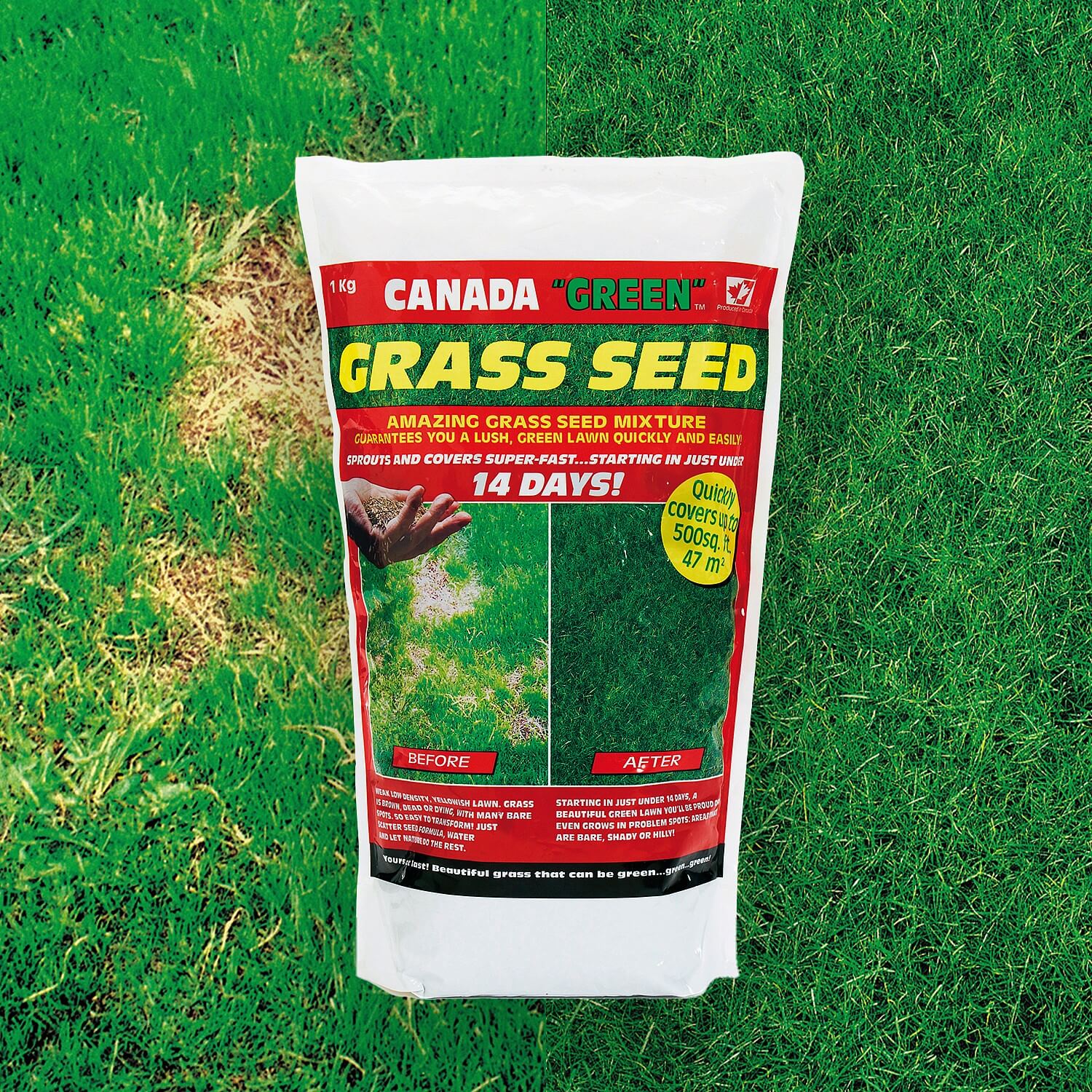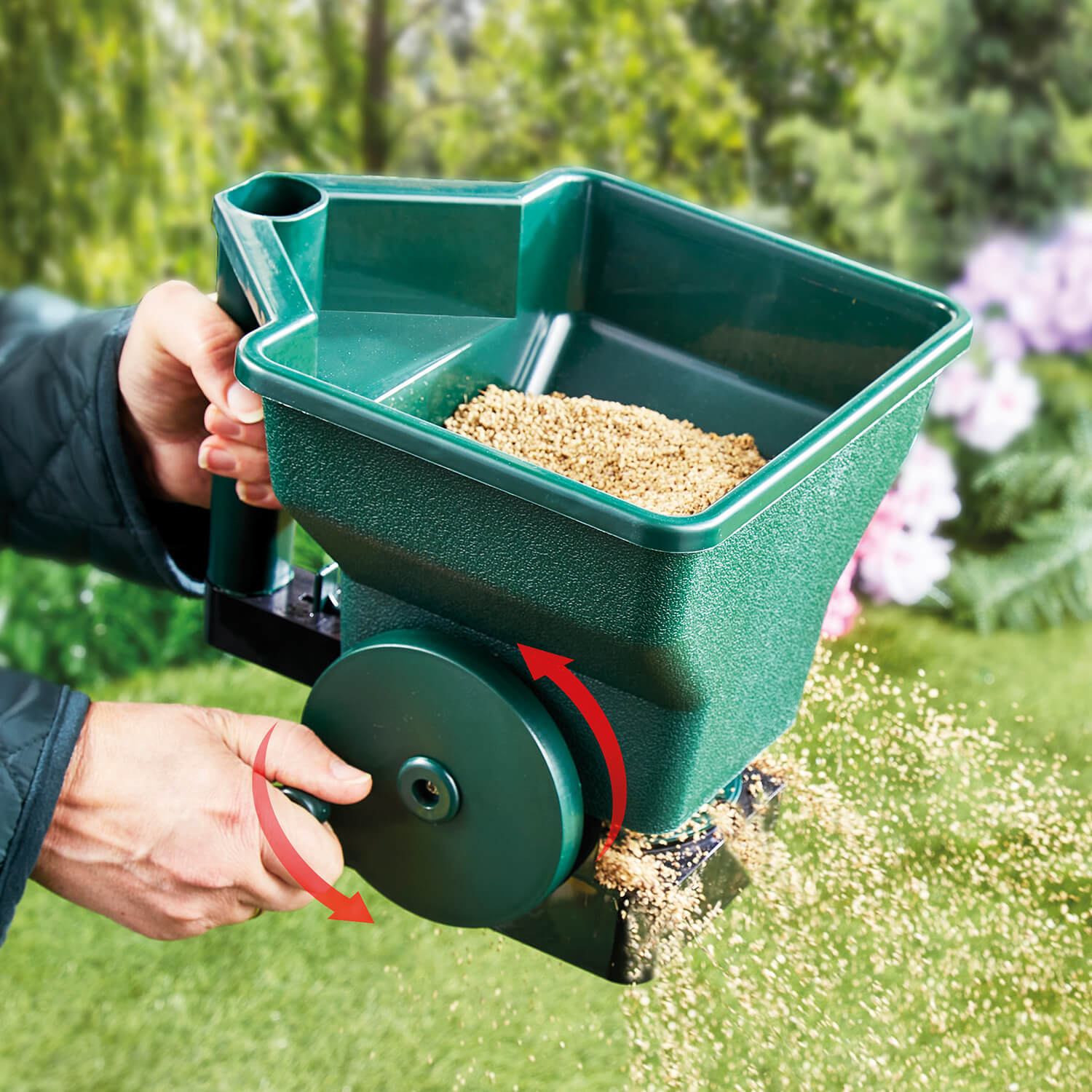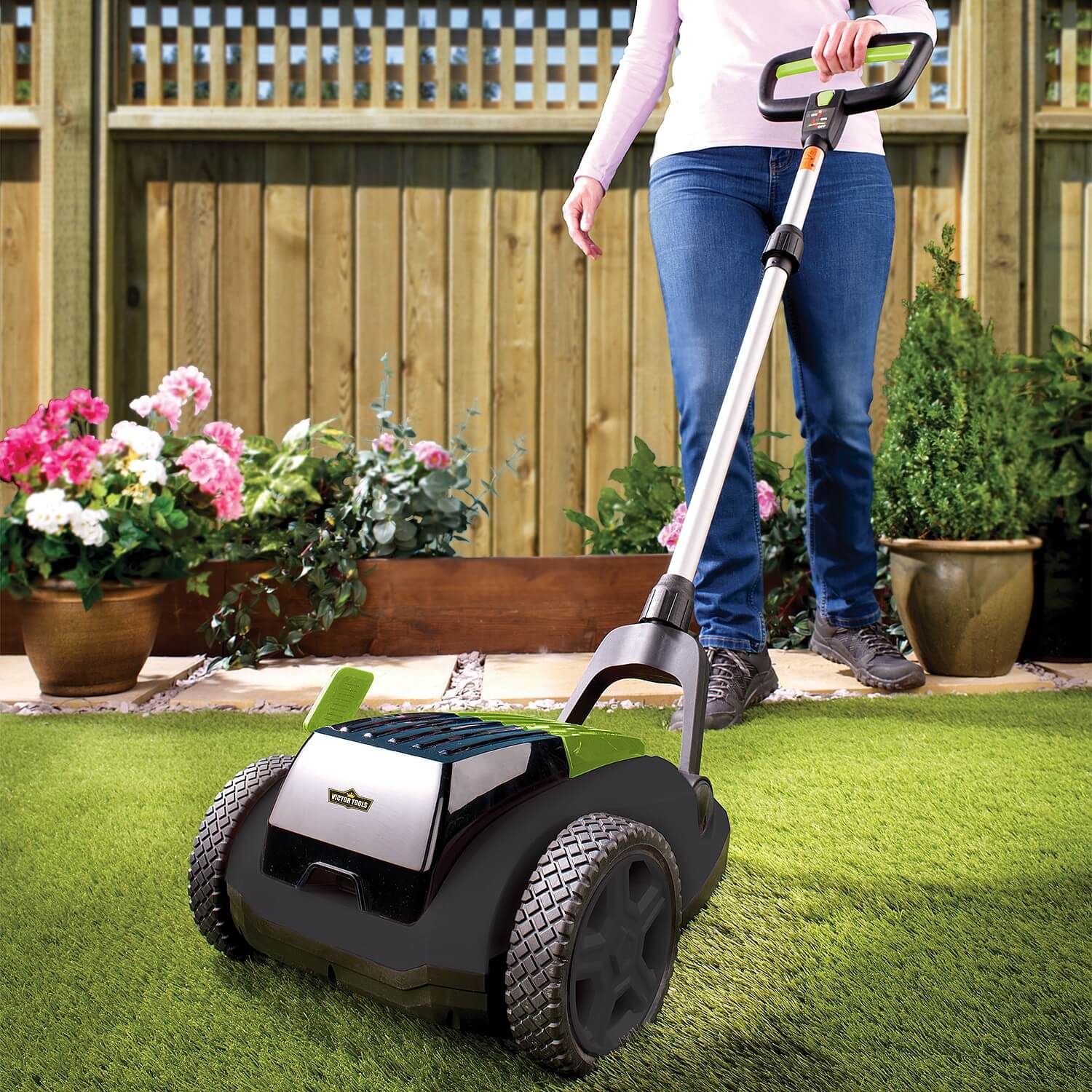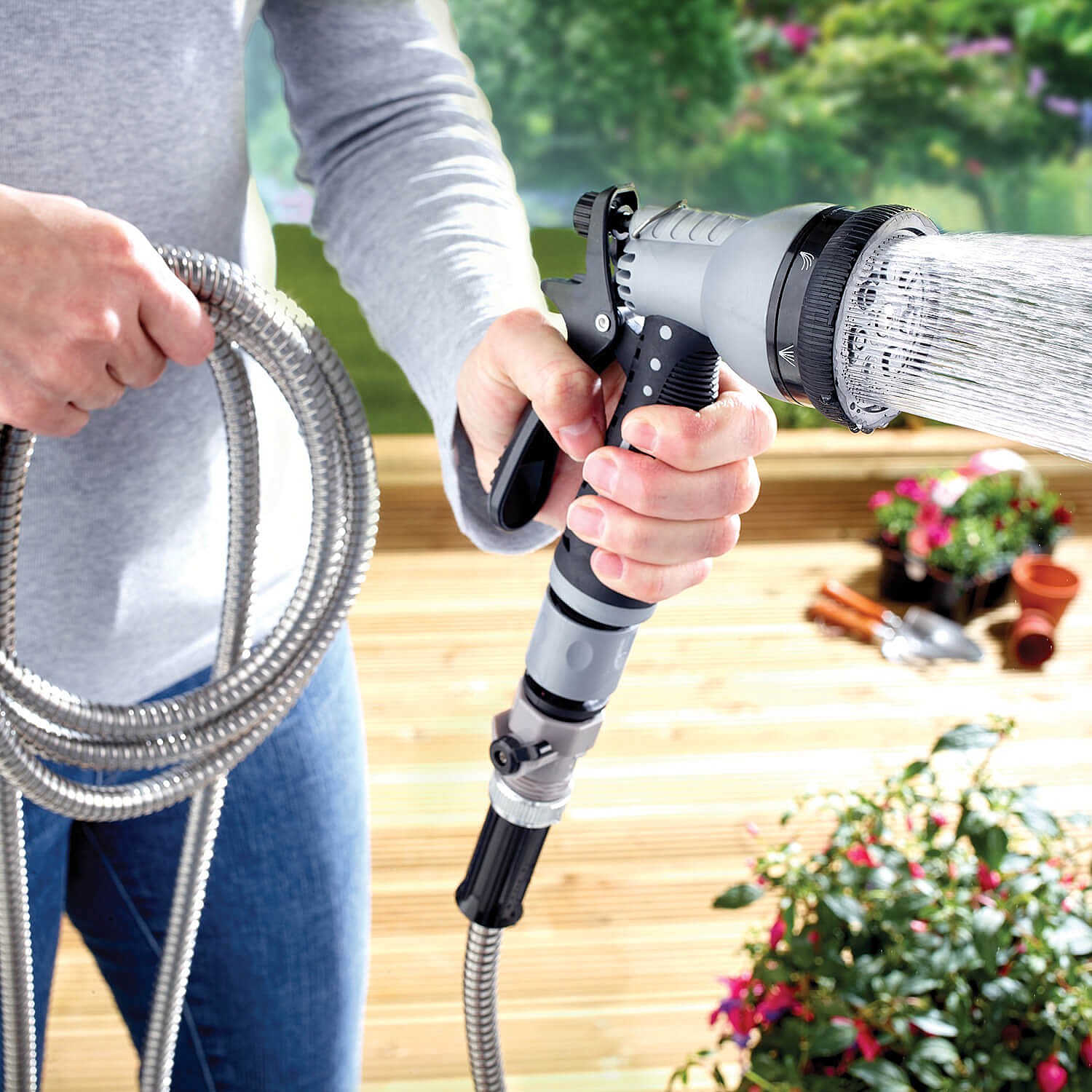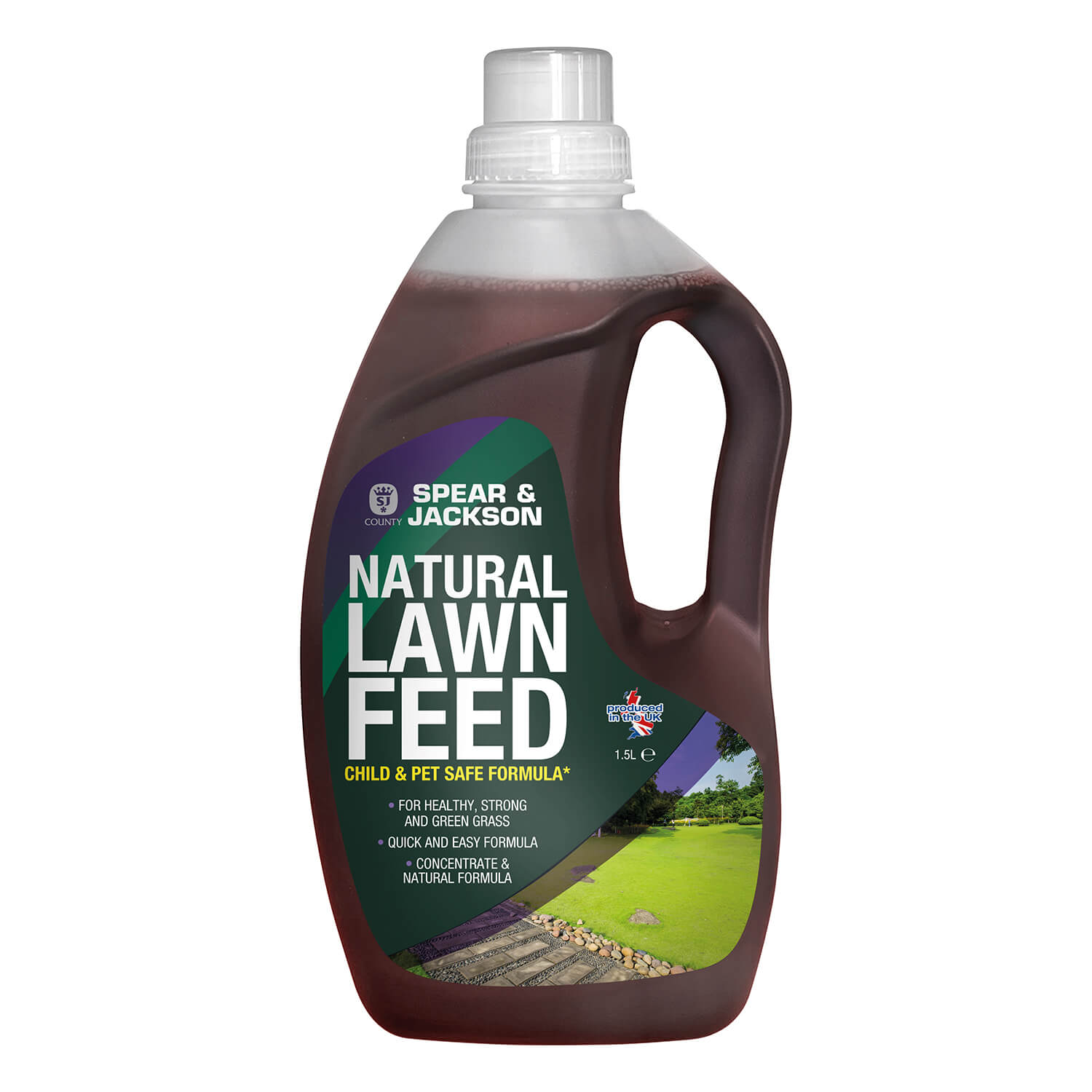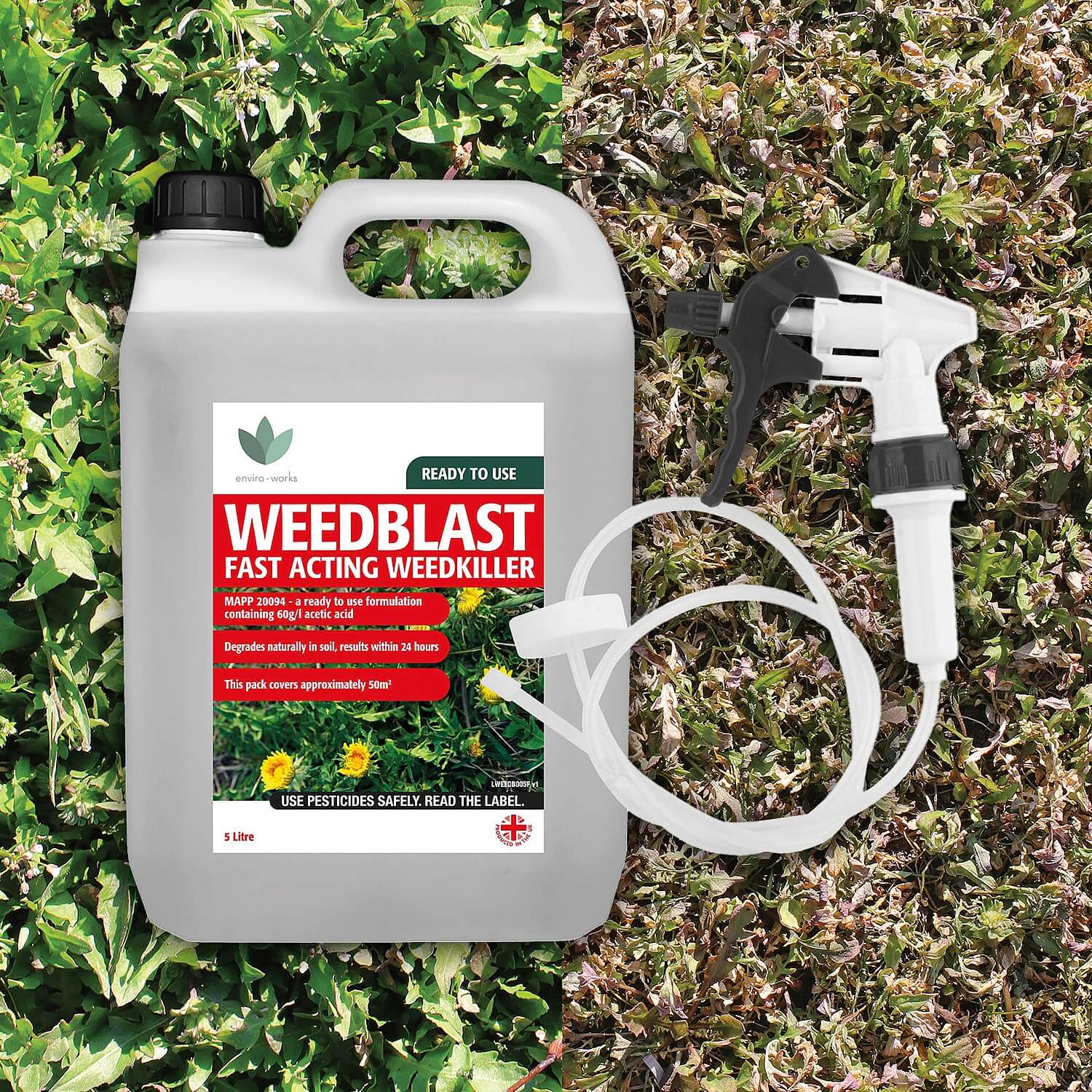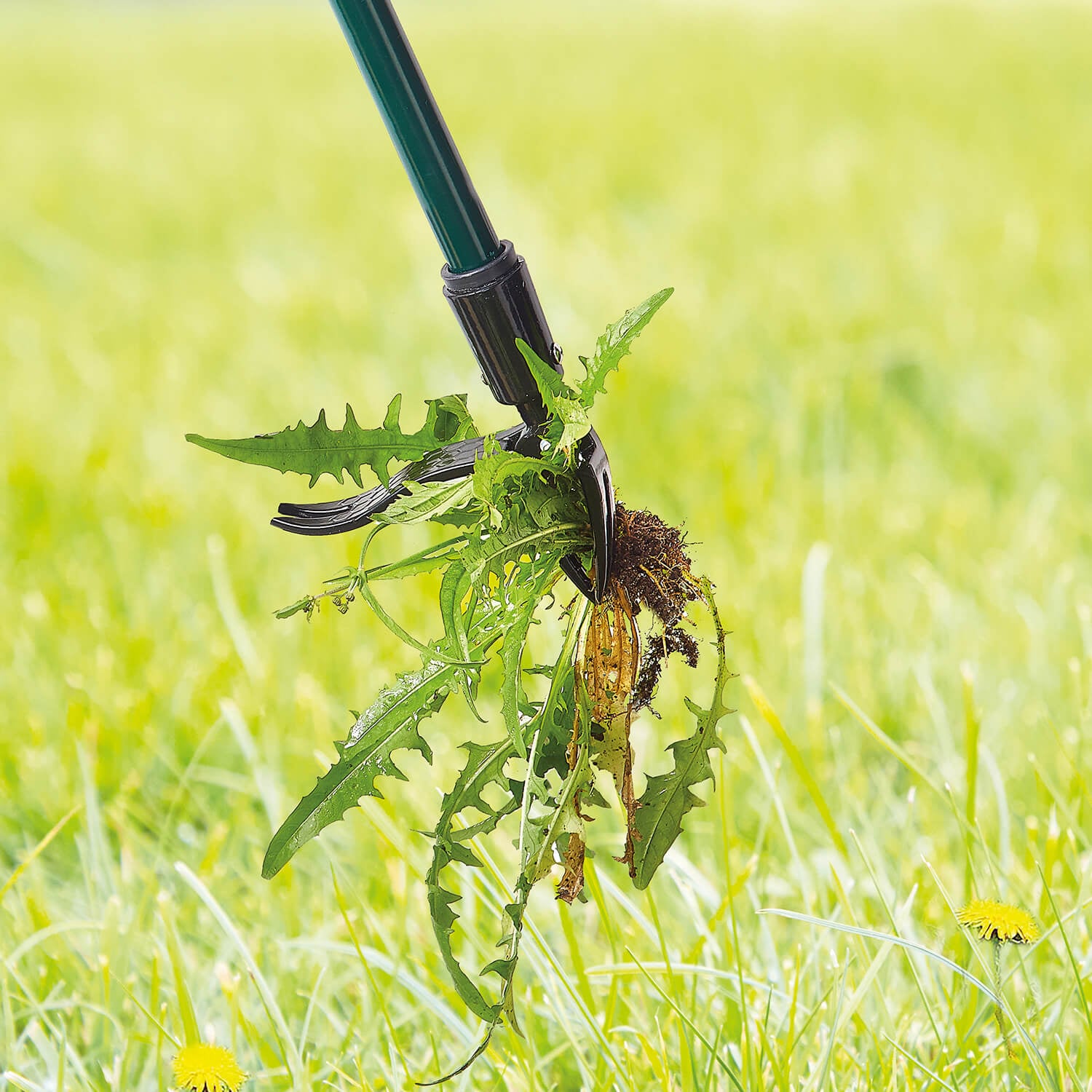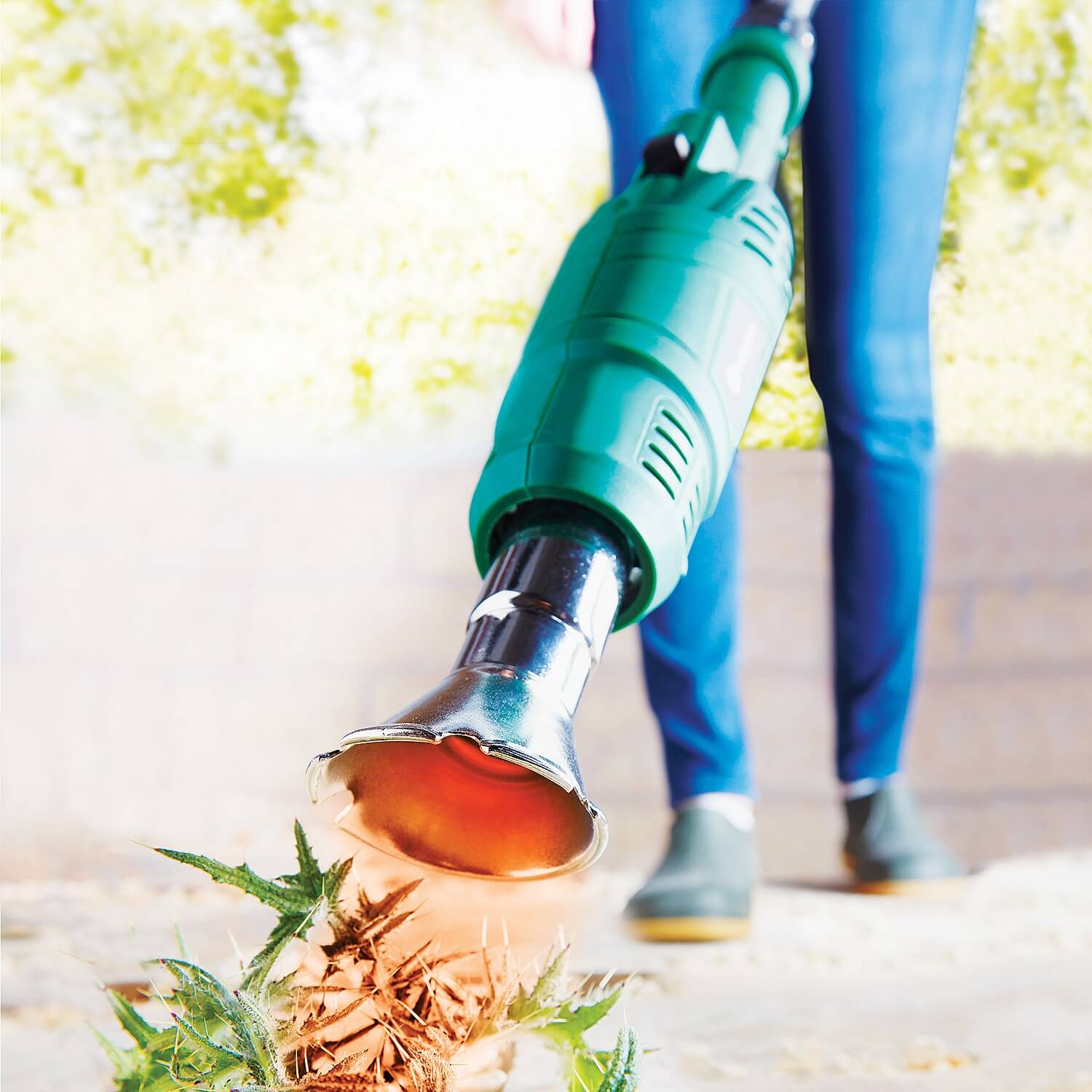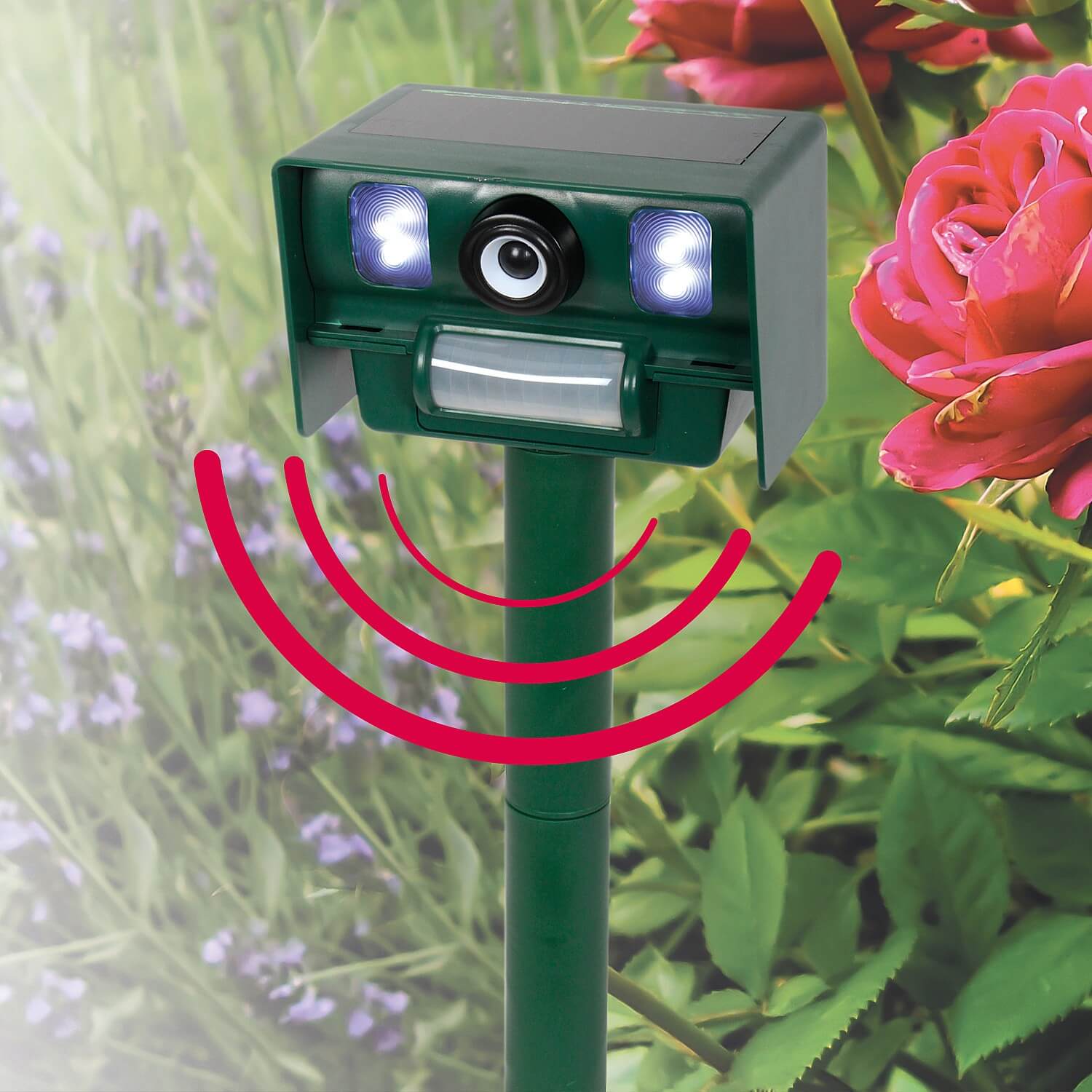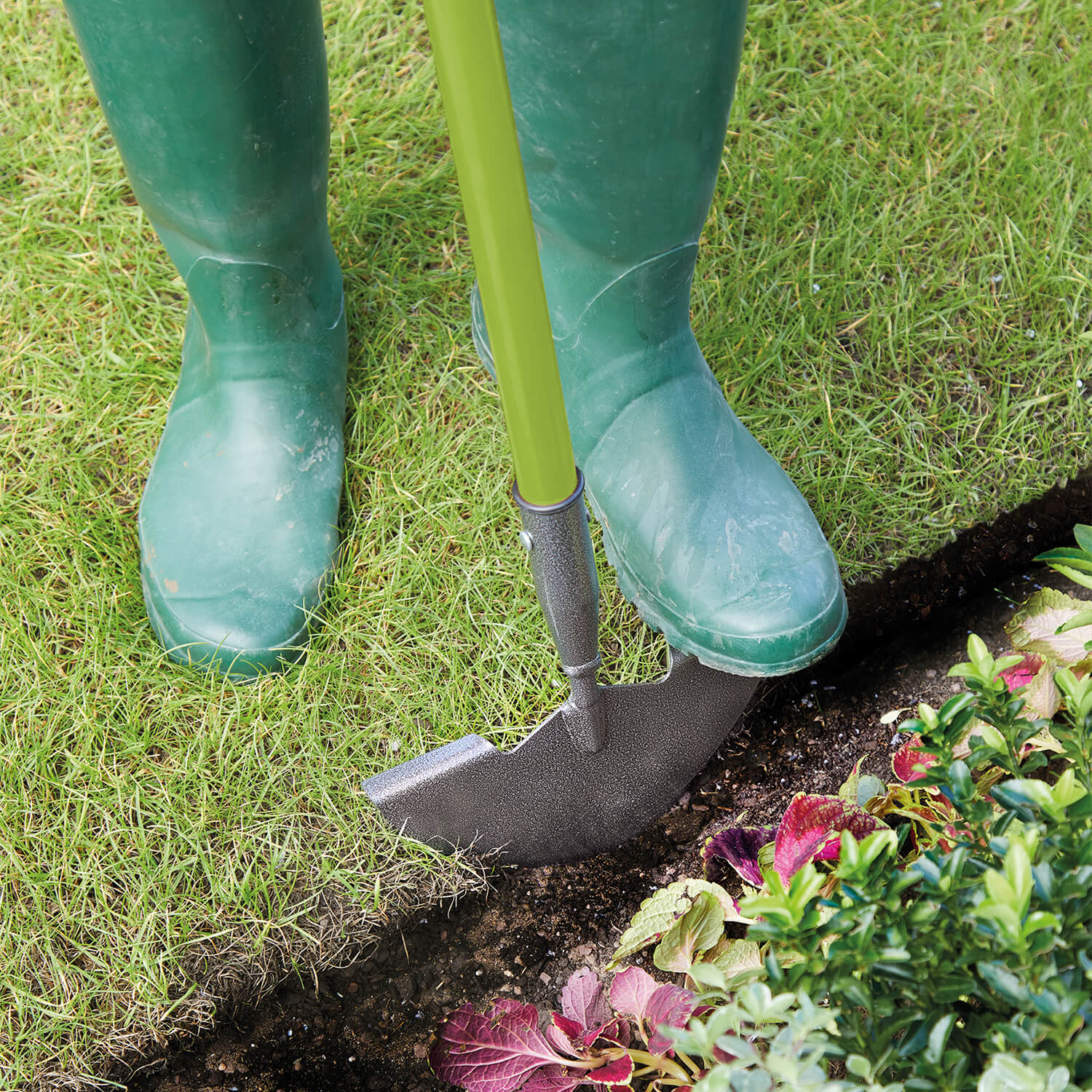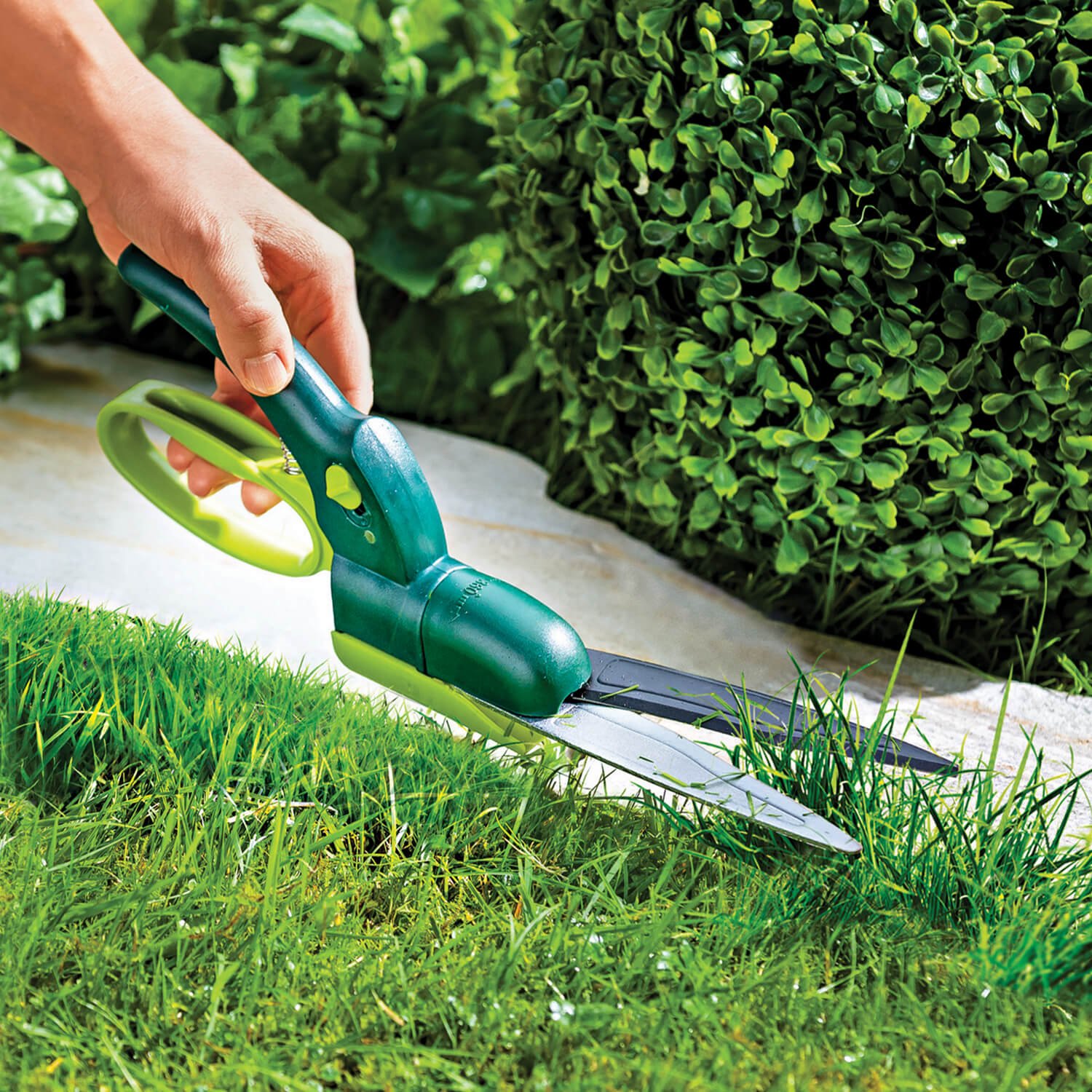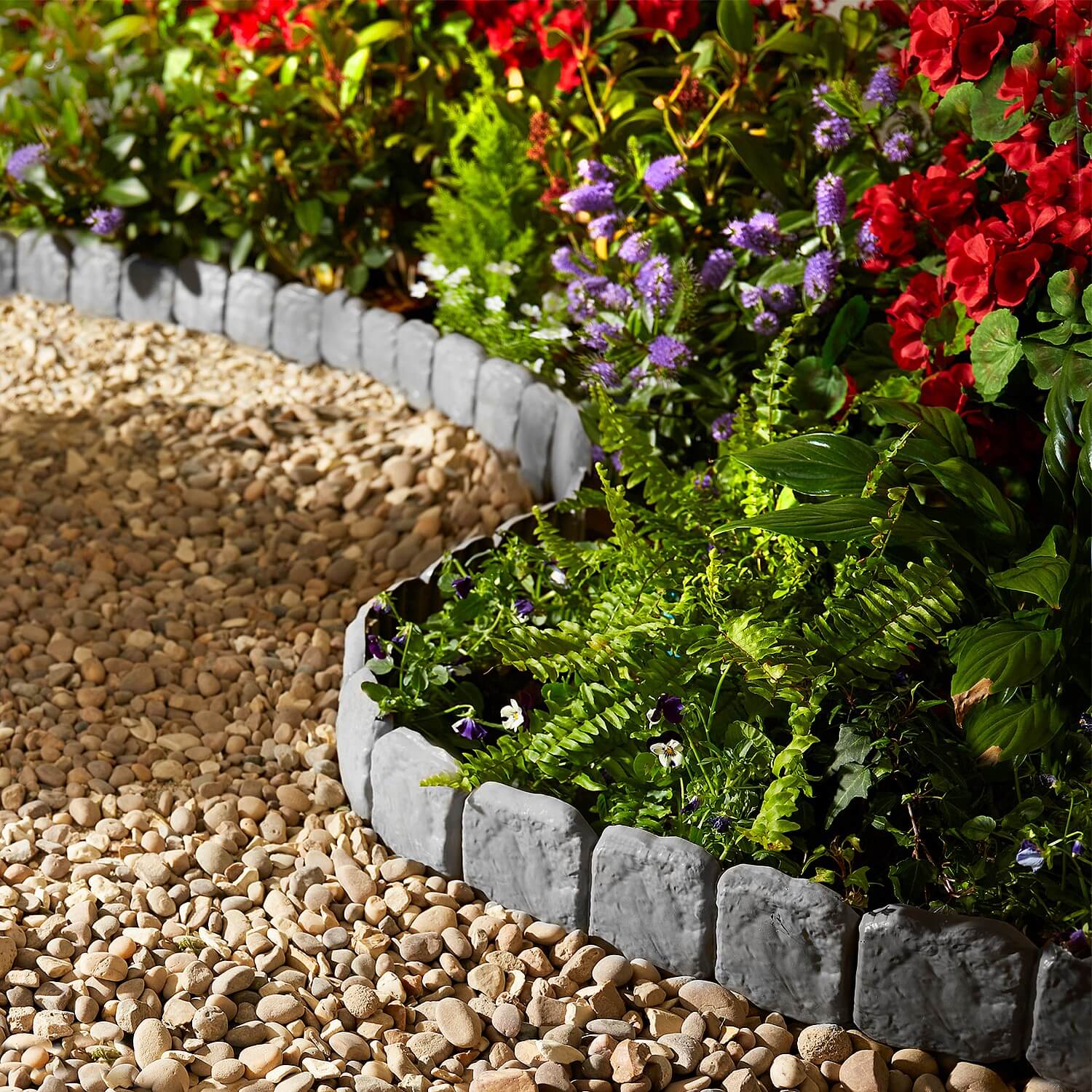Our best tips on how you can get a beautiful lush green lawn
Having a lush, green lawn takes work and dedication, but the rewards are plenty – a beautiful space to relax, play, and enjoy the outdoors. Here are some key steps to achieving lawn glory:
Know Your Lawn:
- Grass Type: Different grass types have varying needs. Identify your grass species (common types include perennial ryegrass, Kentucky bluegrass, and fescue) to tailor your care regimen.
- Sun Exposure: Sun and shade levels in your garden will influence mowing height, watering needs, and even grass type selection (some varieties tolerate shade better than others).
Mowing:
- Mow Regularly: Aim to mow once or twice a week during the growing season, keeping the grass at an appropriate height for your grass type (typically 2.5-4 inches).
- Sharp Blade: A dull blade tears grass, leaving it susceptible to disease. Sharpen your mower blade regularly for a clean cut.
- Do not Scalp: Avoid removing more than a third of the grass blade at a time with each mow. This weakens the plant and reduces its ability to fight off weeds and disease.

Watering:
- Deep Watering: Deep watering less frequently (once or twice a week depending on weather and soil) encourages grass roots to grow deeper, making them more resilient to drought.
- Early Morning: Water early in the morning to minimize evaporation and prevent fungal diseases.
- Water When Needed: Do not water on a strict schedule. Observe your lawn and water only when the top inch of soil feels dry.

Feeding:
- Aerate and Fertilize: Regularly aerate your lawn (especially compacted soil) to improve drainage and allow air, water, and nutrients to reach the roots. Fertilize your lawn according to a soil test to ensure it receives the right nutrients at the right time.

Weed Control:
- Healthy Lawn, Less Weeds: A healthy lawn with dense growth shades out weed seeds, preventing them from germinating.
- Natural Methods: For small weed infestations, consider hand-pulling or natural weed control methods like vinegar solutions (research appropriate application methods).
- Selective Herbicides: For persistent weeds, consider using selective herbicides that target specific weeds without harming your grass. Always follow the instructions on the label carefully.
Dealing with Pests and Diseases:
- Early Detection: Regularly inspect your lawn for signs of pests or diseases. Early intervention is crucial for effective control.
- Organic Methods: Whenever possible, opt for organic solutions like insecticidal soap or neem oil to control pests.
- Professional Help: For severe infestations or persistent problems, consult a professional lawn care service.

Extra Tips:
- Leave Clippings: Unless clippings are excessively long or clumpy, consider leaving them on the lawn as they decompose, returning valuable nutrients to the soil.
- Edge Regularly: Edging your lawn creates a clean, defined border and discourages weeds from encroaching.
- Overseeding: If your lawn has bare patches, consider overseeding in the fall with grass seed appropriate for your climate.
Remember, a beautiful lawn is a result of consistent care. By following these steps and adapting them to your specific lawn and climate, you will be well on your way to achieving a green oasis you can be proud of.
Explore more:
